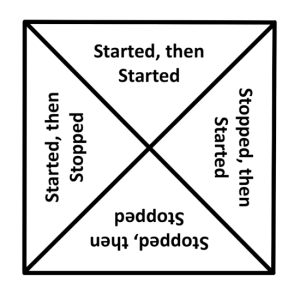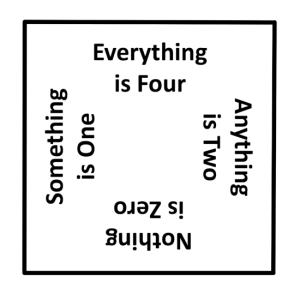 The RSA (Royal Society for the encouragement of Arts, Manufactures and Commerce) has written several articles recently on the ongoing impacts of Covid-19 on society. Their great-sounding motto is that the RSA “believes in a world where everyone is able to participate in creating a better future.” I’ve enjoyed several of their animated videos over time, with signature black and red colors and sped-up hand drawing illustrating a featured talk.
The RSA (Royal Society for the encouragement of Arts, Manufactures and Commerce) has written several articles recently on the ongoing impacts of Covid-19 on society. Their great-sounding motto is that the RSA “believes in a world where everyone is able to participate in creating a better future.” I’ve enjoyed several of their animated videos over time, with signature black and red colors and sped-up hand drawing illustrating a featured talk.
I’ve been meaning to read a few of their recent articles on Covid-19, but hadn’t until I spotted an interesting two-by-two matrix labeled Crisis-Response Measures. Actions or practices that are performed during and after a crisis are divided over four cells as to whether they are stopped or started in those two times. Thus we examine the actions or practices that are:
- Jettisoned (Let Go): Stopped
 During Crisis, then Stopped Post-Crisis
During Crisis, then Stopped Post-Crisis - Transitory (End): Started During Crisis, then Stopped Post-Crisis
- Restarted: Stopped During Crisis, then Started Post-Crisis
- Amplified: Started During Crisis, then Started Post-Crisis
When in the middle of a crisis, one often is so busy that there’s no time to think about what one should be or should not be doing, and to be in that situation is certainly poor planning. Plus we should try to determine what we should plan to be doing in the future, thus giving our planning a normative consideration. Just because we’ve been doing something before the crisis or began something because of it doesn’t mean we should continue.
Indeed, there may be few or even no reasons to go back to the old ways of doing things, and a crisis is a grand opportunity to change the bad and maybe find good new practices and institutions for maintaining them. Of course when good and bad are in great dispute you have a lot of difficulty in coming to a consensus of action. And being in the midst of a crisis is perhaps not the best of times to come to a meeting of the political minds.
Also, these charts don’t describe the actions that are transformations of old actions, only distinguishing them as being new or old. Anything started during the crisis is new (transitory and amplified) and anything stopped during the crisis is old (jettisoned and restarted). However, there are many great ideas in these essays and we certainly need to build bridges to a future that we can look forward to living in.
Further Reading:
https://www.thersa.org/discover/publications-and-articles/rsa-blogs/2020/04/change-covid19-response
<>







